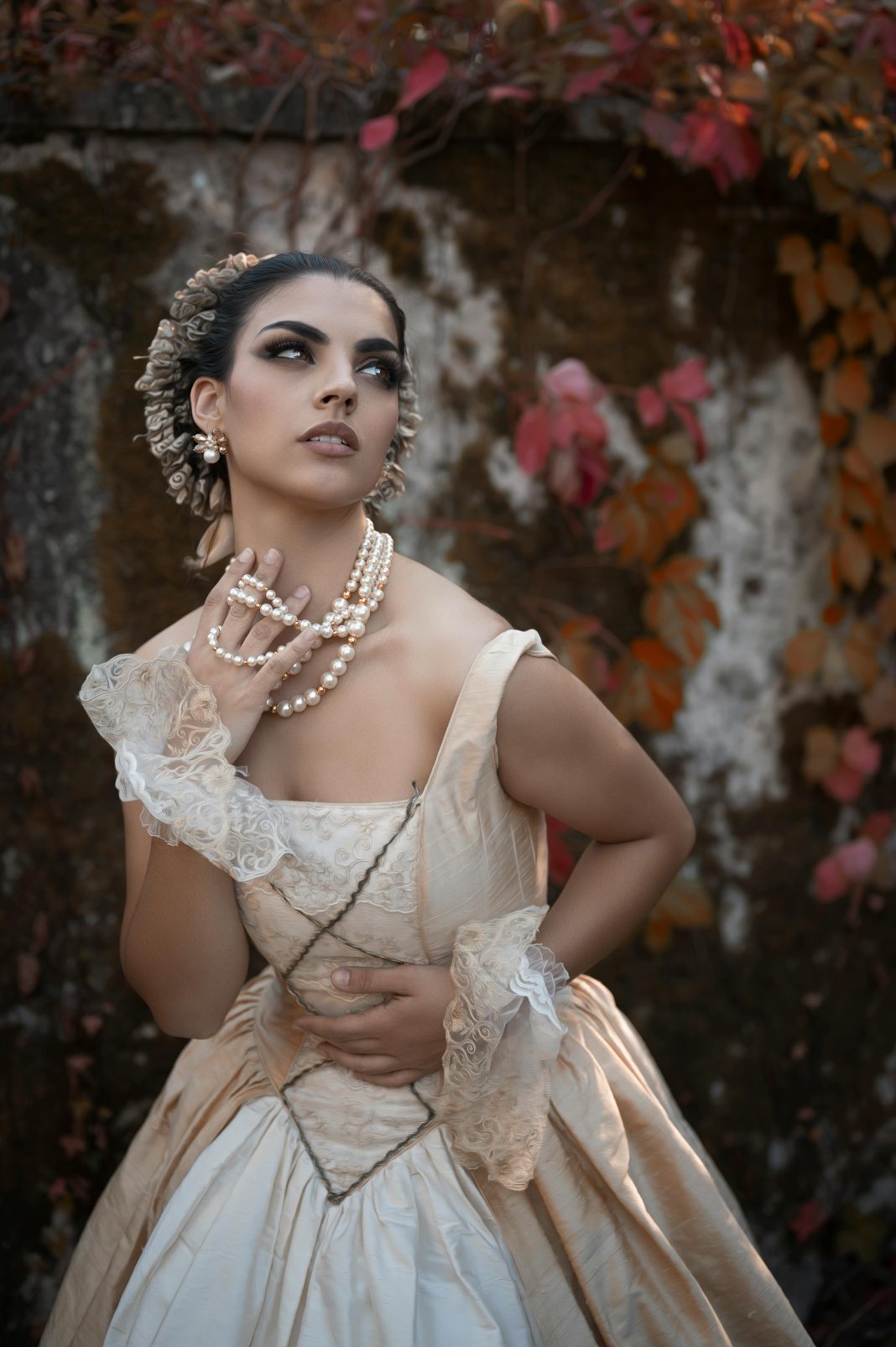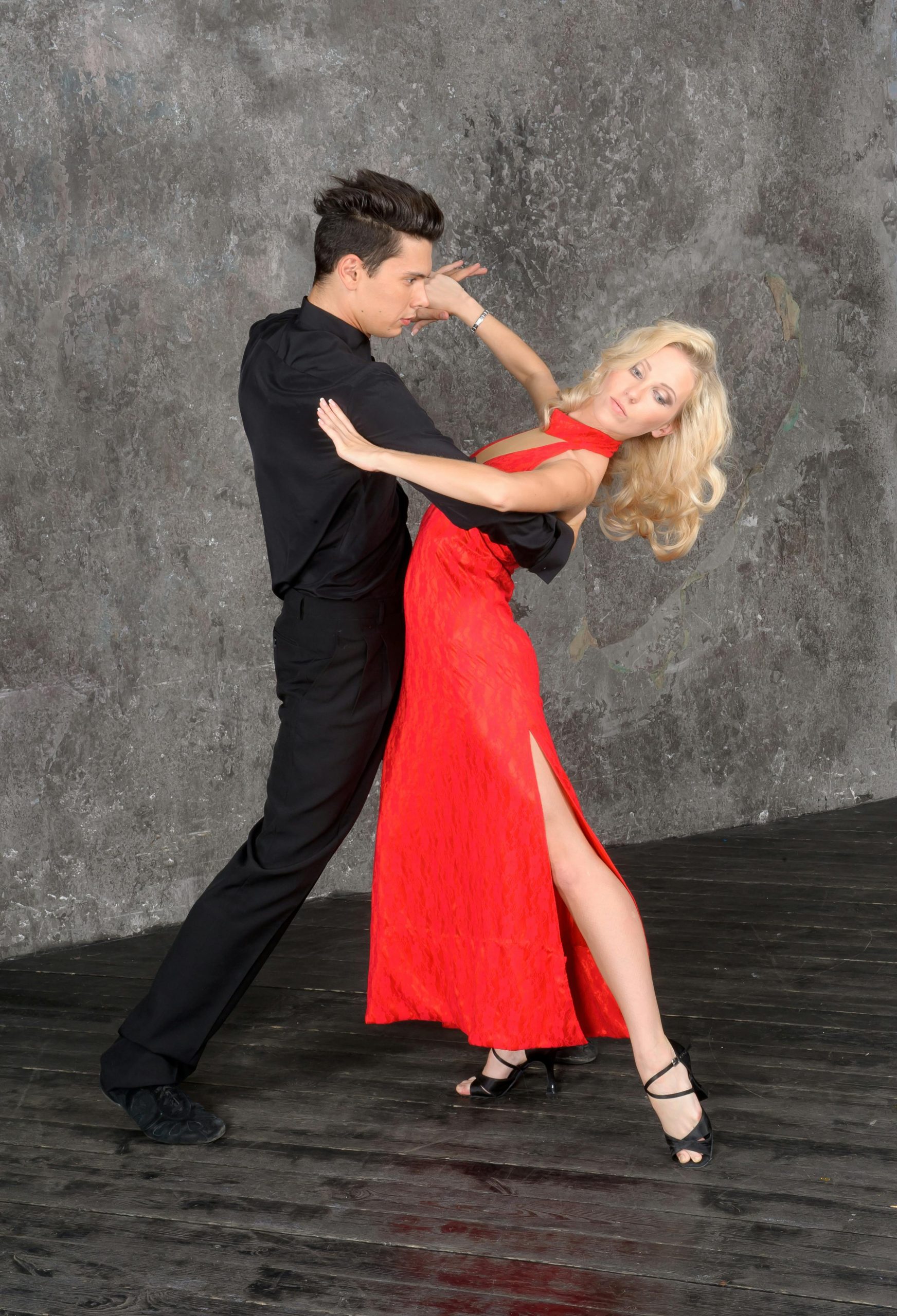Introduction:
Regal fashion, with its rich textures, intricate designs, and an air of unattainable sophistication, has long captivated the imagination of the world. This distinctive style, rooted in the wardrobes of monarchies and aristocracies, transcends mere clothing to embody power, heritage, and unparalleled elegance. Through the ages, the influence of regal fashion has permeated various aspects of style, inspiring designers and fashion enthusiasts alike. This article delves into the essence of regal fashion, exploring its historical significance, key characteristics, and enduring impact on contemporary design.
Historical Significance:
The origins of regal fashion can be traced back to the courts of ancient civilizations, where clothing was a direct reflection of social hierarchy and power. Over centuries, royal attire evolved to become more elaborate and symbolic, with each element, from the fabric to the color palette, meticulously chosen to convey messages of authority, wealth, and divine right.
- Symbolism and Power: Regal fashion has always been laden with symbols. Crowns, scepters, ermine cloaks, and other regalia were not merely decorative but served to communicate the wearer’s sovereignty and divine favor.
- Innovation and Patronage: Monarchies have historically been patrons of the arts, including fashion. Royal commissions have propelled innovations in textile production, embroidery, and garment construction, setting new standards of luxury and craftsmanship.
Defining Characteristics of Regal Fashion:
- Luxurious Fabrics: Silk, velvet, brocade, and fine wool, often adorned with gold and silver threads, pearls, and precious stones, are hallmarks of regal attire, emphasizing luxury and opulence.
- Elaborate Embellishments: Embroidery, lace, and beading feature prominently in regal fashion, showcasing meticulous craftsmanship and attention to detail.
- Bold Silhouettes: From the farthingales of the Renaissance to the sweeping gowns of the Victorian era, regal fashion favors dramatic silhouettes that command attention and convey a sense of grandeur.
- Rich Color Palette: Deep blues, vibrant reds, and regal purples, traditionally associated with royalty due to the rarity and cost of the dyes, dominate the color scheme.
Regal Fashion in Contemporary Times:

In modern times, the allure of regal fashion continues to influence designers and fashion houses, who often draw inspiration from royal archives to create collections that resonate with majesty and splendor.
- Designer Interpretations: Contemporary designers reinterpret regal fashion with a modern twist, incorporating its luxurious fabrics, rich colors, and elaborate details into wearable art that appeals to today’s fashion-forward audience.
- Public Fascination: The public’s fascination with royalty, from royal weddings to state ceremonies, keeps regal fashion in the spotlight, influencing trends and consumer desires.
- Cultural Celebrations: Regal fashion also plays a significant role in cultural celebrations and ceremonies around the world, where traditional attire is worn to signify respect, heritage, and continuity.
Conclusion:
Regal fashion represents the pinnacle of sartorial excellence, a testament to the enduring relationship between fashion and power. Its influence on contemporary style is undeniable, serving as a source of inspiration for timeless elegance and sophistication. As we continue to witness the evolution of fashion, the principles of regal attire—luxury, craftsmanship, and symbolism—remain relevant, reminding us of the transformative power of clothing to convey status, celebrate heritage, and inspire awe.

